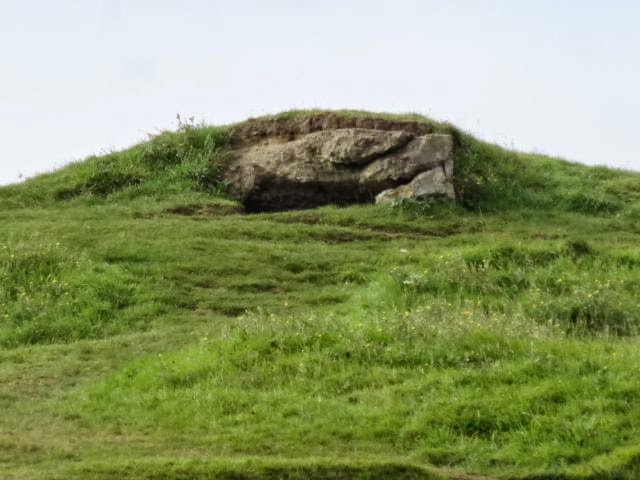Part 2, a day in Normandy...Profoundly moving experience...
 |
| The grounds at the Normandy American Cemetery and Memorial are meticulously maintained and a treasure to behold. |
 | ||
| Omaha Beach.
|
 |
| This view toward the land from the beach, that the soldiers had to navigate as the Germans lay in wait in bunkers throughout the area. |
 | ||
| The walkway we took toward the American Cemetery and Memorial.
|
 |
| Us, on Omaha Beach, both grateful for the opportunity to visit historic Normandy, France. |
 |
| Bronze statue at the cemetery, "The spirit of the American Youth Rising from the Waves" |
 |
| View of the sea and Omaha Beach from the cemetery. |
Allied naval forces including the US Coast Guard, conveyed assault forces across the English Channel. Beginning at 6:30 am six US, British and Canadian divisions landed on Utah, Omaha, Gold, Juno and Sword Beaches in history's greatest amphibious assault.
 |
| This was only a small section of the gravesites of almost 10,000 fallen soldiers. |
 |
| Grave marker for Theodore Roosevelt, Jr, son of former President Theodore Roosevelt. |
Allied troops, joined by French and Polish units encircled and annihilated German troops at the Falaise Pocket while surviving units fled eastward. At this point the way was now open to advance toward Paris and then on to Germany."
 |
| Soldier statue memorial at Omaha Beach. |
 |
| Another bunker. |
 |
| Machine guns and cannons were hidden in the German bunkers. |
 |
| Tom at another bunker. |
 |
| Another bunker at Omaha Beach. |
 |
| Interior of a bunker. |
 |
| View along Utah Beach. |
 |
| Cannon on display at Utah Beach. |
 |
| Rock formation at Utah Beach. |
 |
| Path to statues at Utah Beach. |
 |
| Utah beach was equally pristine as Omaha Beach. |
 |
| Statue and memorial to officers and seamen of the US Navy who transported all the US troops for the D-Day invasion. |
As Tom and I sat on a park bench facing the church, as we looked up at the memorial, once again we were touched by the powerful message and display remaining 70 years later.
 |
| St. Mere Eglaise Church with the Paratrooper Memorial which appears on the left of the church in this photo. |
 |
| Alternate view of the Paratrooper Memorial. |
 |
| The 13th century church is in beautiful condition. |
__________________________________________
Photo from one year ago today, September 6, 2013:
 |
| Hans and Geri, our landlord and his wife, invited us for happy hour to their third story veranda in their home next door to us. From this vantage point we were able to see the Indian Ocean, in Diani Beach, Kenya, a short walk from our house. For details, please click here. |





